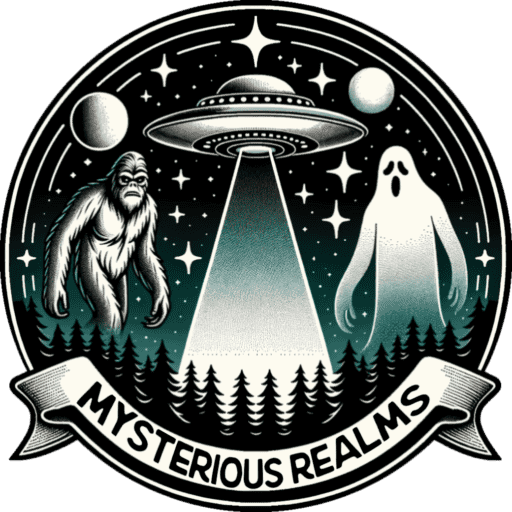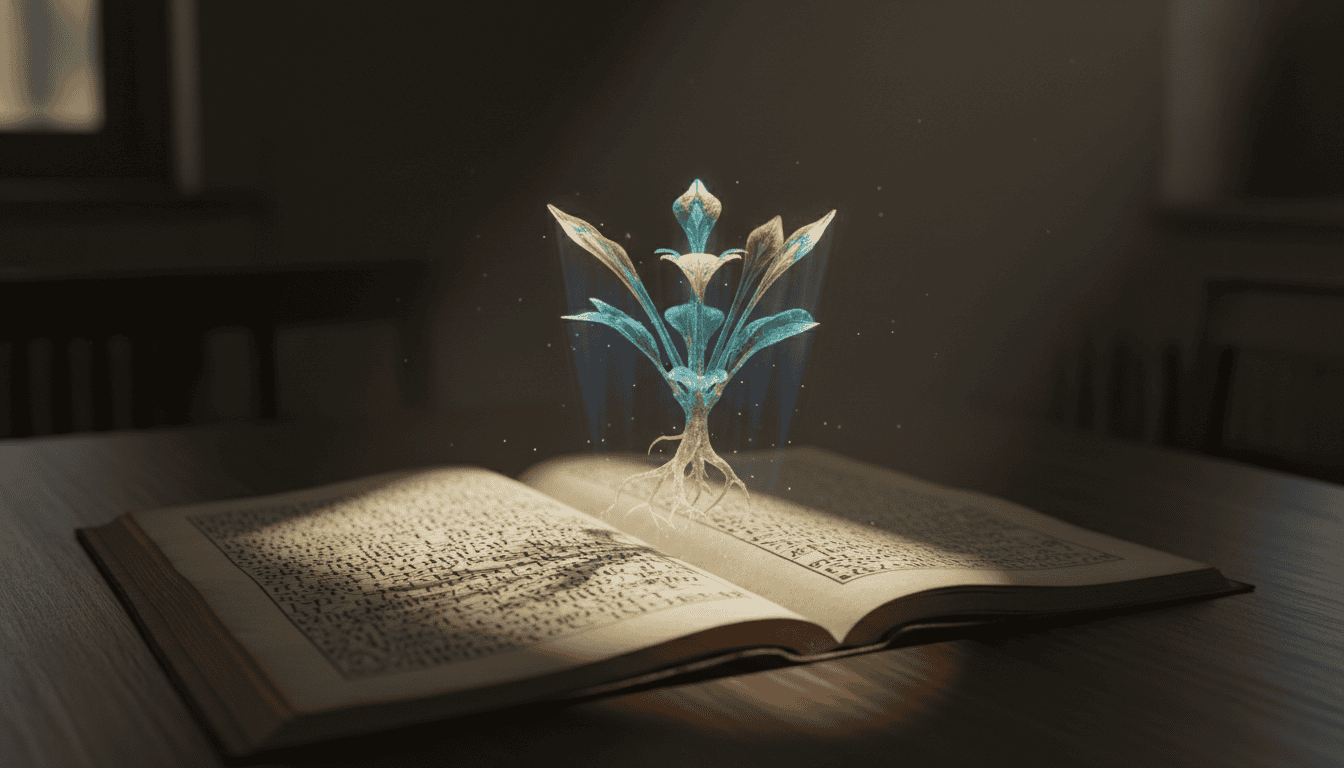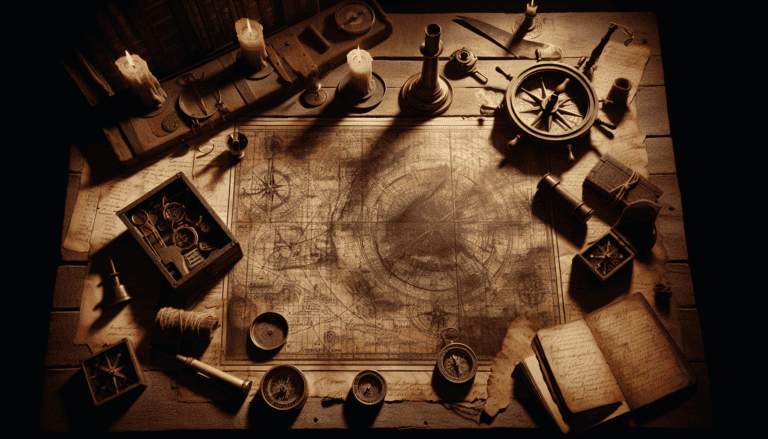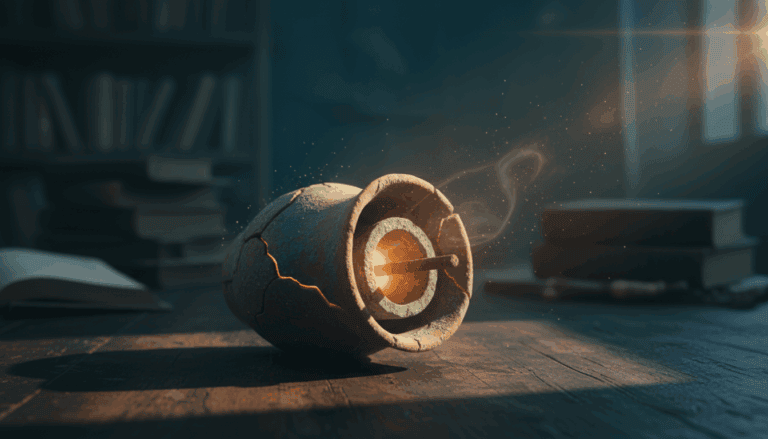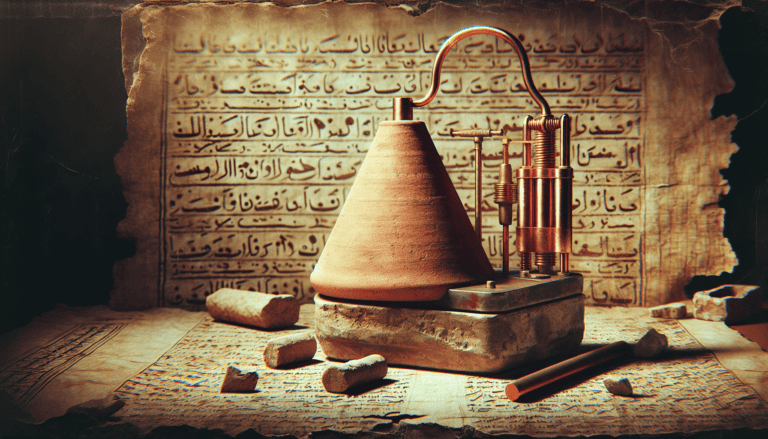Voynich Manuscript Decoded: The 2025 Breakthroughs Revealed
For centuries, the Voynich Manuscript has been one of history’s most baffling cryptographic puzzles. This 15th-century codex, filled with bizarre botanical drawings and an indecipherable script, has resisted every attempt at translation by top cryptographers and linguists. Its meaning, origin, and purpose remained unknown, fueling endless speculation and earning it the title of the world’s most mysterious book. After generations of frustration, however, recent developments are finally offering clues to this ancient enigma, marking a significant step forward in the quest for answers.
A significant breakthrough occurred when researchers used advanced multispectral imaging on the manuscript’s first page. This technology uncovered previously invisible columns of text, revealing faint alphabetic letters alongside the standard Voynichese script. These hidden annotations are believed to be the work of an early owner, possibly 17th-century doctor Johannes Marcus Marci, in a preliminary attempt to crack the code. The discovery provides important clues about the manuscript’s historical journey and the long legacy of those who have tried to understand it.
Building on this momentum, a 2025 study achieved what many thought impossible: a partial decoding of the script. Researchers Agnese Faccini and Gino Caspari proposed that the Voynich alphabet is not a complex cipher but a form of shorthand for a vernacular Italian dialect. This system would have allowed for rapid writing, explaining some of the script’s repetitive and unusual features. By translating sections and identifying plant names consistent with the region, their work represents the most significant progress yet in understanding the manuscript.
Key Takeaways
- A major 2025 breakthrough proposes the Voynich script is not a complex cipher but a form of shorthand for a vernacular Italian dialect, reframing the manuscript as a practical medical guide.
- A competing theory, developed using AI, suggests the manuscript is actually medieval Hebrew hidden by a complex anagrammatic cipher, potentially containing both medical and mystical knowledge.
- Advanced multispectral imaging has uncovered previously invisible annotations from a 17th-century owner, providing the first concrete evidence of historical attempts to decrypt the text.
- Based on the Italian shorthand theory, the manuscript’s purpose is now believed to be a 15th-century pharmacopoeia or herbal manual, with a focus on women’s health and botany.
- Despite significant progress that has allowed for partial translation, the manuscript has not been fully decoded, and a complete translation remains a major undertaking for researchers.
The World’s Most Mysterious Book
The Voynich Manuscript has long been considered the ultimate cryptographic puzzle, a 15th-century codex filled with bizarre illustrations and an unreadable script. For centuries, it has resisted every attempt at translation, baffling even the most brilliant codebreakers from World War I and II. Its pages depict fantastical plants that do not exist, strange astronomical charts, and curious pharmaceutical diagrams, all accompanied by text in an elegant but completely unknown alphabet. This enduring mystery has led to countless theories, with some suggesting it is an elaborate hoax while others believe it holds lost knowledge. However, recent breakthroughs are finally starting to illuminate this enigmatic book, offering the first real insights into its contents.
Significant developments in 2024 began to clarify the manuscript’s history and potential meaning. Using advanced multispectral imaging, researchers uncovered hidden annotations on the first page, likely added by an early owner attempting his own decryption. This discovery provided tangible clues about how the book was studied centuries ago. Following this, a 2025 study by Agnese Faccini and Gino Caspari proposed that the text is a form of vernacular Italian written in a unique shorthand. Their partial decoding has successfully identified key plant names like “hellebore” and “saffron,” connecting the cryptic text to its botanical illustrations for the first time.
Peeling Back The Manuscript’s Layers
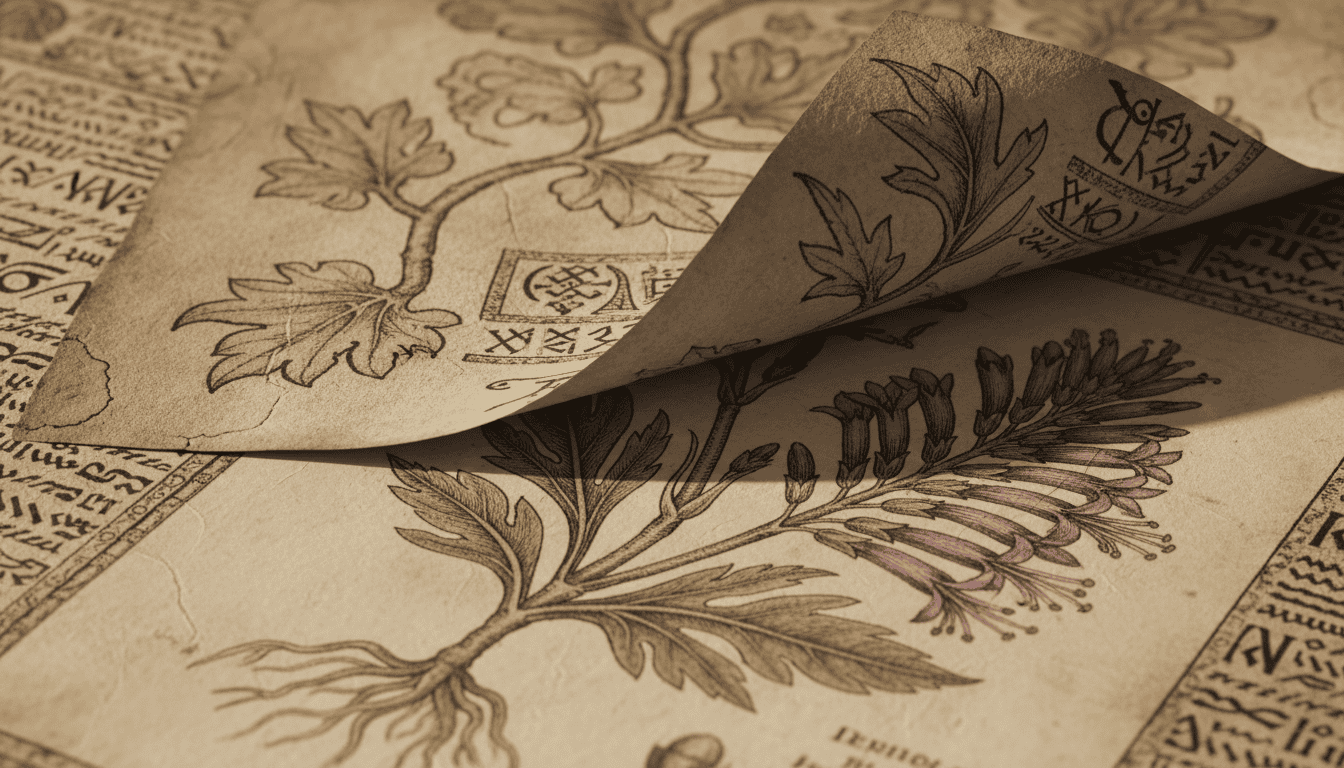
A major breakthrough in 2024 revealed text hidden in plain sight on the manuscript. Using advanced multispectral imaging, researchers uncovered previously invisible columns of writing on the codex’s first page that had long since faded or been erased. These scans exposed two columns containing recognizable alphabetic letters alongside a third column written in the original Voynichese script. This discovery provides the first tangible evidence of an early owner’s attempt to decipher the mysterious contents. The find shifts focus from a static artifact to a dynamic puzzle that others have tried to solve for centuries.
These newly found annotations are believed to be the work of a 17th-century owner, with evidence pointing toward the Prague doctor Johannes Marcus Marci. It appears he was creating a personal key or cipher grid, attempting to map the strange Voynichese symbols to a known alphabet. This revelation offers insight into the manuscript’s historical journey and the earliest efforts to understand its meaning. Instead of studying only the original text, investigators now have clues about how its mystery was perceived hundreds of years ago. This historical layer provides a new line of inquiry that could explain how the script was constructed.
An Italian Herbal Manual In Shorthand
A pivotal 2025 study by researchers Agnese Faccini and Gino Caspari offers a compelling solution to the Voynich puzzle, proposing the text is not a complex cipher but vernacular Italian written in a unique shorthand. This theory reframes the manuscript as a practical pharmaceutical guide for a 15th-century herbalist or physician. By partially decoding the Voynich alphabet, the researchers were able to link specific words directly to the accompanying botanical and pharmaceutical illustrations. This development suggests the document’s purpose was functional and mundane rather than mystical, created to record recipes and knowledge in a condensed, private format.
The shorthand hypothesis elegantly explains many of the text’s peculiar features, such as its repetitive word structures and unusual letter frequencies, which have long baffled cryptographers. Faccini and Caspari’s analysis revealed that decoded terms for plants, preparations, and instructions align closely with the visual content on the pages. For instance, words identified as ingredients or processes correspond logically with the drawings of herbs being mixed in containers. This practical interpretation, combined with the 2024 discovery of early decryption notes, clarifies the manuscript’s role as a working document that others have tried to understand since its creation.
AI Identifies A Lost Hebrew Cipher
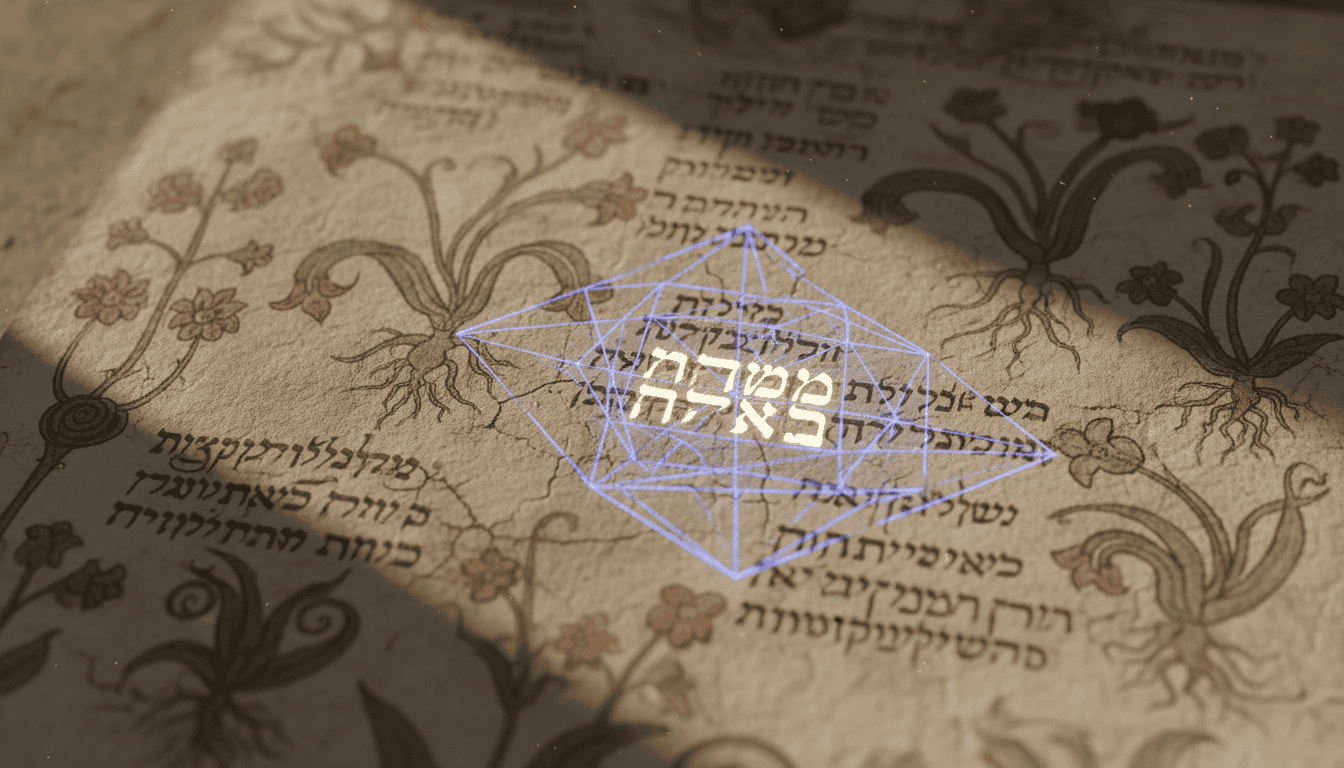
An influential analysis in mid-2025, powered by a sophisticated AI model, has proposed a compelling new identity for the Voynich script. The AI concluded that the manuscript is not written in a unique language but is medieval Hebrew concealed by a multi-layered cipher. By analyzing letter frequency and positional data, the system identified patterns indicative of complex anagrams, where letters within words are systematically scrambled. This approach differs significantly from previous linguistic analyses, as it treated the text as a complex puzzle rather than a straightforward language. The discovery suggests the author used a “proto-algorithm” to encrypt information, a method the AI was trained to recognize.
This Hebrew cipher hypothesis offers a new way to interpret the manuscript’s mysterious illustrations. Researchers now believe the botanical and pharmaceutical sections could represent a lost herbalist’s guide, with plant names and recipes hidden in the anagrams. The astronomical and cosmological diagrams might similarly encode mystical or Cabalistic concepts, a common practice in medieval Jewish scholarship. This theory would explain why decades of efforts to align the script with European languages consistently failed, as the underlying structure was not what it appeared to be. The AI’s preliminary translations suggest a text combining both practical medicine and esoteric knowledge.
While the AI-driven Hebrew theory is gaining significant traction, it exists alongside other compelling 2025 findings. For instance, a separate study proposed that the script is a form of vernacular Italian written in a unique shorthand, and another team uncovered early decryption notes from a 17th-century owner. However, the Hebrew cipher model remains the most comprehensive explanation to date, as it accounts for both the script’s statistical oddities and the manuscript’s thematic content. The scientific community is now focused on cross-referencing these different avenues of research to finally understand the Voynich manuscript.
The Great Debate: Italian vs Hebrew
The most prominent breakthrough comes from Agnese Faccini and Gino Caspari, whose 2025 study proposes the manuscript is a form of vernacular Italian written in shorthand. They argue the text is a medical treatise focusing on topics like herbal remedies and gynecology, created for a primarily female audience. This interpretation aligns remarkably well with the manuscript’s famous botanical and “balneological” illustrations, which depict women in various therapeutic baths. Their partial decoding of the Voynich alphabet suggests a system where symbols represent abbreviated Italian words and phonetic sounds. This theory presents the Voynich not as an unbreakable cipher, but as a practical, albeit unusual, document from 15th-century Italy.
Challenging the Italian hypothesis, a competing theory from a team at Tel Aviv University suggests the manuscript is written in a lost dialect of medieval Hebrew. Using advanced AI pattern recognition, their model identified grammatical structures and word frequencies consistent with Hebrew, but heavily influenced by Aramaic and Latin loanwords. Proponents of this view interpret the astronomical sections as Kabbalistic charts and the botanical drawings as symbolic representations of esoteric concepts, rather than literal plants. They argue that the Italian theory fails to account for the manuscript’s more mystical illustrations, which fit more comfortably within a framework of Jewish mysticism. This divergence is at the center of the current debate: whether the Voynich is a practical scientific text or a complex work of religious esotericism.
A Mystery Cracked Or Just Begun
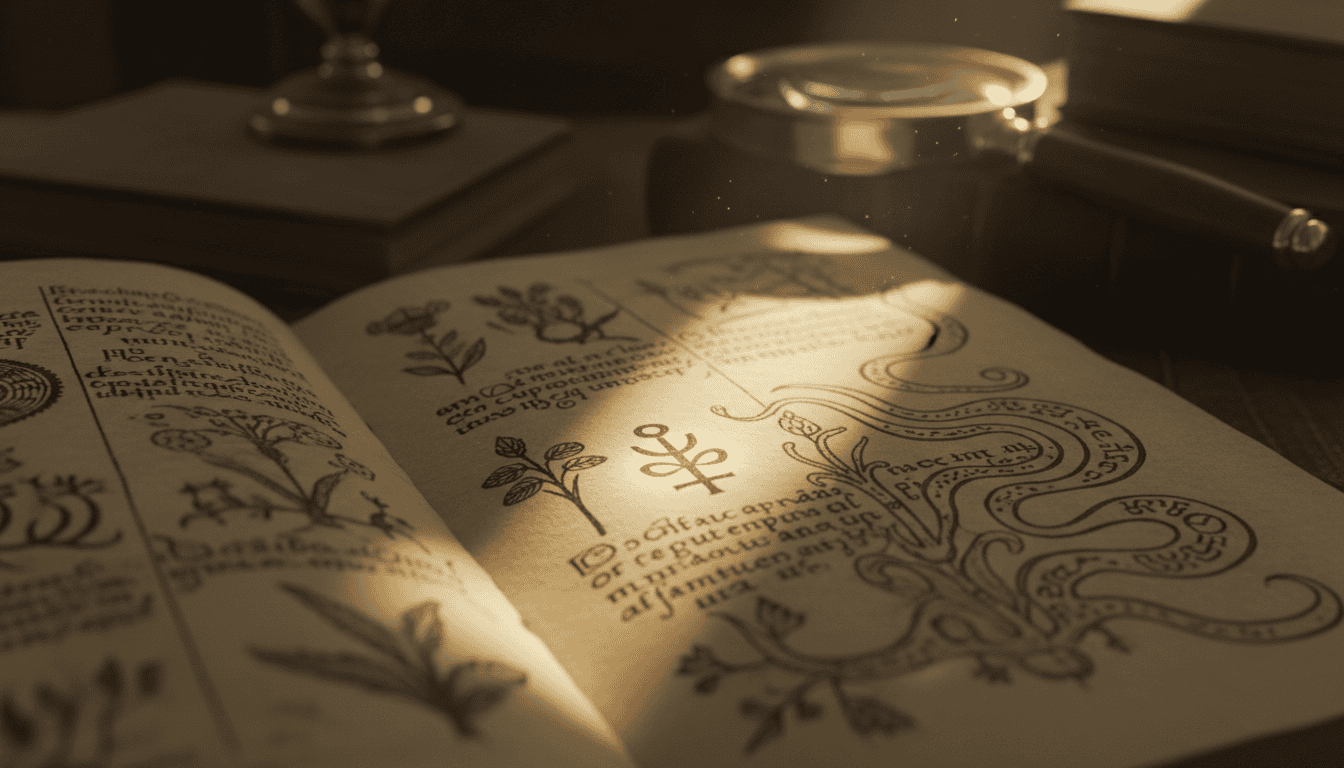
For centuries, the Voynich Manuscript remained indecipherable, but recent technological advancements have provided new ways to study it. In a major 2024 development, researchers using multispectral imaging uncovered previously invisible columns of text on the codex’s first page. These hidden annotations, containing both Voynichese script and recognizable letters, are believed to be a decryption attempt by an early owner, possibly 17th-century doctor Johannes Marcus Marci. This discovery provides the first concrete evidence of historical efforts to understand the manuscript, offering important new clues about its provenance and the long-standing fascination with its script.
Building on this momentum, a 2025 study has proposed one of the most compelling linguistic theories to date. Researchers Agnese Faccini and Gino Caspari argue the manuscript is not a complex cipher but a form of vernacular Italian written in a unique shorthand system. By partially decoding the Voynich alphabet, they successfully translated a section describing medicinal plants, including a description of a plant strikingly similar to a water lily. This breakthrough shifts the puzzle from historical speculation to tangible linguistic analysis, offering a plausible framework for translating the entire text.
While these developments are significant, they also highlight the complexity of the puzzle ahead. The Italian shorthand theory, though promising, requires further peer review and application to the rest of the 240-page codex. Likewise, the newly found historical annotations raise new questions about the manuscript’s early ownership and journey through time. These complementary findings show that while the mystery is not yet solved, the direction for future research is clearer than ever.
Conclusion
The long-held belief that the Voynich Manuscript was an unbreakable code has been challenged by recent technological and linguistic breakthroughs. Advanced multispectral imaging unveiled hidden annotations on the first page, revealing early decryption attempts by a previous owner and providing crucial historical context. Building on this, a pivotal 2025 study by Agnese Faccini and Gino Caspari identified the script as a form of vernacular Italian written in a unique shorthand. These combined efforts have solved the foundational mystery of the manuscript’s language, transforming it from an enigma into a solvable puzzle.
With the language identified, the manuscript’s purpose has become clearer, dispelling centuries of speculation about it being an alien text or an elaborate hoax. The partially decoded sections strongly suggest the codex is a pharmacopoeia: a practical guide focused on women’s health, herbal remedies, and therapeutic bathing. Faccini and Caspari’s analysis aligns the enigmatic illustrations with specific topics like gynecology and botany, as described in the now-readable Italian text. This re-contextualizes the Voynich Manuscript not as an unsolvable puzzle, but as a valuable historical document offering rare insight into 15th-century female medical knowledge.
The effort to understand the Voynich Manuscript has entered a new phase. While the foundational code may be broken, the painstaking work of a full, line-by-line translation remains ahead for researchers. The focus can now shift from pure decryption to historical interpretation, applying the Italian shorthand key to reveal specific information about medieval medicine and culture. What was once a famous symbol of the unknowable is rapidly becoming a rich, readable source of history.
Frequently Asked Questions
1. What exactly is the Voynich Manuscript?
The Voynich Manuscript is a 15th-century codex that has long been considered one of history’s greatest cryptographic puzzles. It is filled with bizarre botanical drawings and written in an indecipherable script that has defied translation for centuries.
2. What is the new theory about how the manuscript was written?
A recent 2025 study proposes that the script is not a complex cipher, but a form of shorthand for a vernacular Italian dialect. This system would have enabled rapid writing, which explains many of the script’s repetitive and unusual characteristics.
3. Has the entire Voynich Manuscript been translated now?
No, the decoding is currently partial. Researchers have successfully translated specific sections and identified plant names, which represents the most significant progress to date, but a full translation has not yet been completed.
4. What did new imaging technology find on the manuscript?
Advanced multispectral imaging uncovered previously invisible columns of faint text on the first page. These hidden annotations, written in alphabetic letters, are believed to be from an early owner and provide important clues about the book’s history.
5. So, what language is the Voynich Manuscript written in?
According to the latest research, the underlying language is a vernacular Italian dialect. The mysterious script is considered a shorthand system for writing that dialect, not a unique language of its own.
6. Why has it taken so long to decode the manuscript?
For centuries, cryptographers and linguists treated the script as a complex cipher or an unknown language, which led to repeated failures. The recent breakthrough came from re-evaluating the script’s fundamental nature as a form of shorthand instead.
